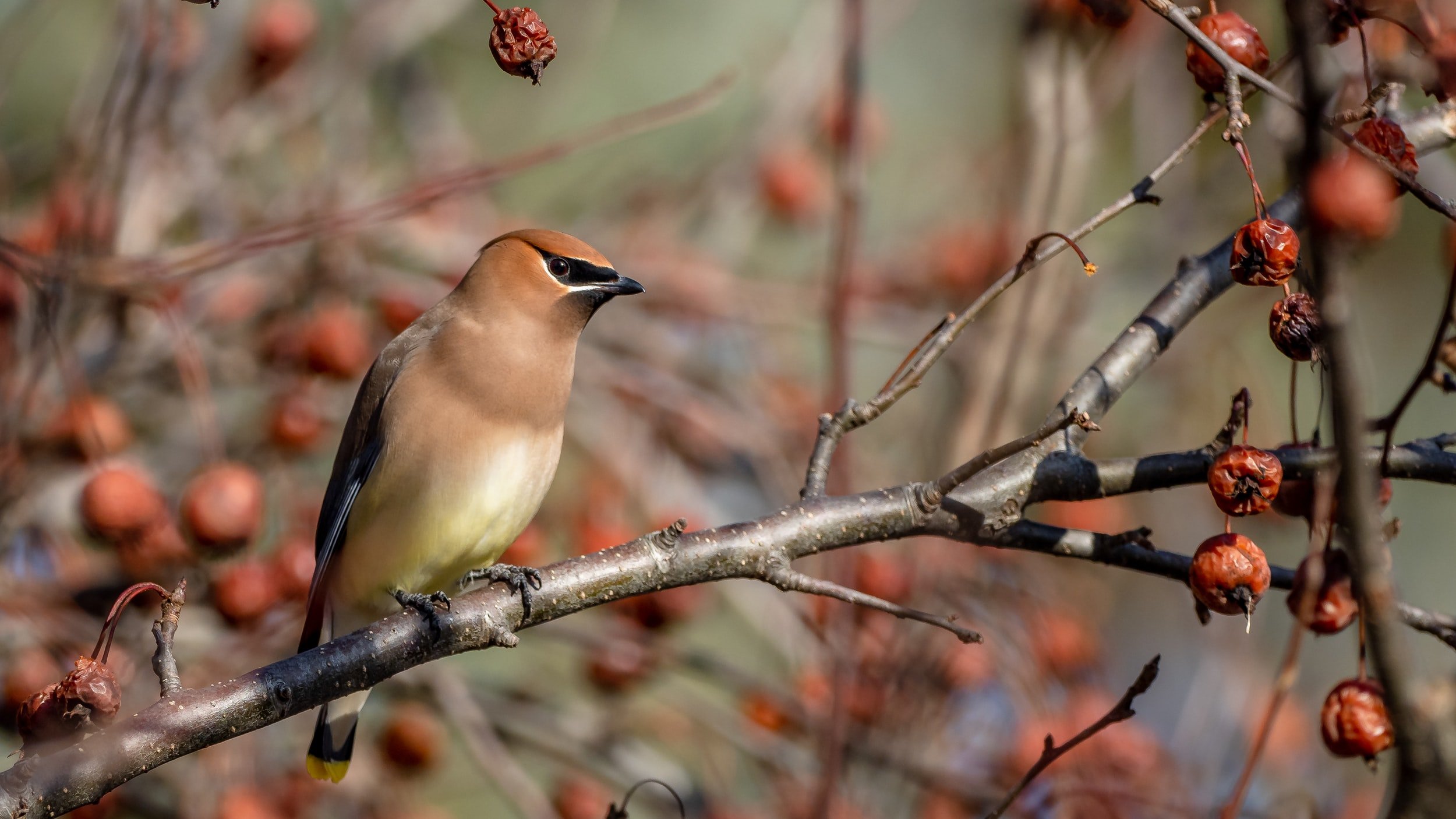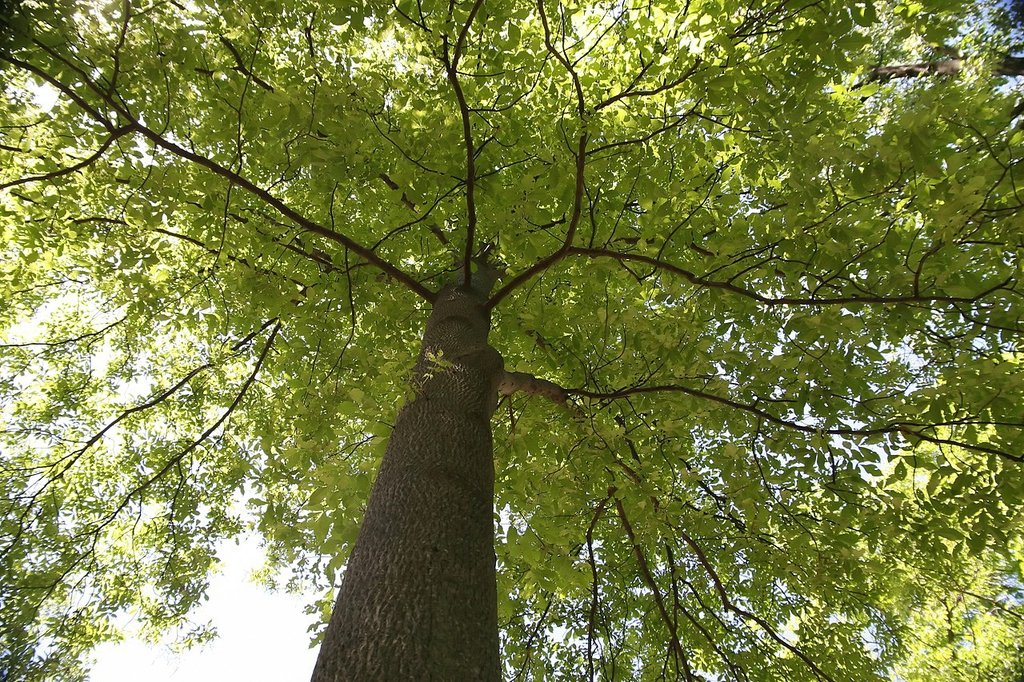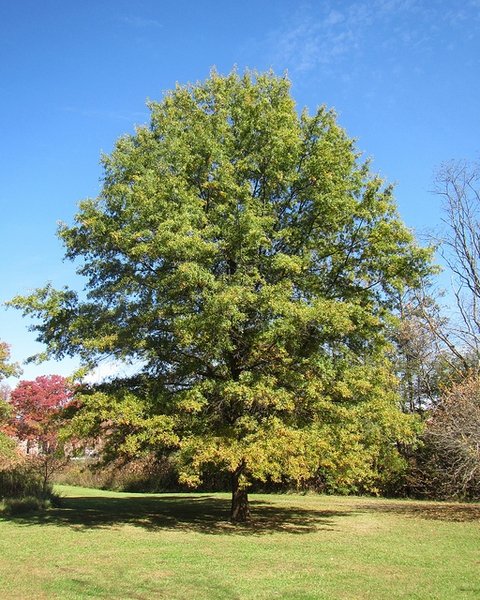
Help save our songbirds and pollinators.
When you plant native plants in your garden, you’re supporting all the native birds and butterflies that our local ecosystem needs to thrive.
You’re also helping fight climate change. How? Native plants are adapted to our local soil pH, water levels, and ecosystem; so they require no fertilizer, no watering, no pesticides or herbicides, and no mowing, all of which require electricity and/or fossil fuels to produce and deliver.
Does this mean you need to replace everything in your garden? No! A good rule of thumb is 70/30: aim for 70% native plants, 30% introduced (but not invasive) species. Most nursery azaleas, for example, are introduced, and they’re popular in our area because they provide beautiful spring color. They are not invasive, so you can continue to enjoy these these.
How do you choose which native plants to add to your garden? Easy! The ones that fit into Franklin Park’s natural plant community — an Acidic Oak-Hickory forest.
Fortunately, the good folks at Earth Sangha native plant nursery in Alexandria put together a fantastic Compendium that explains why this is so important, and lists the native plants that belong in our community. Below are photos of these plants.
Indicator species
White oak is the keystone species for our area. “The white oak is the best tree to plant to attract butterflies. It supports a ridiculous 534 caterpillar species throughout the nation! If you want to support pollinators and attract birds, planting white oaks is the way to ensure that will happen.” [The Spruce]
High constancy and high cover.
“These species are both common in this community and because of their size and spread or frequency with which they pop up, they make up the bulk of the plants on site.” [Earth Sangha Compendium]
High constancy, but low cover.
“These species occur frequently but may only pop up here and there across the site. Another good set of species to get on site once you’ve covered the fundamental components above, but don’t go overboard.” [Earth Sangha Compendium]
Low constancy, but high cover.
“These species pop up less frequently but when they do, they tend to be relatively major components of the landscape either because of their size (in the case of trees and large shrubs), because they form large stands, or because they do well exploiting a certain niche on site.” [Earth Sangha Compendium]
Low constancy and low cover.
“These species are less common and tend to form smaller stands or be fewer individuals scattered around a site.” [Earth Sangha Compendium]
Spring Ephemerals
These beauties will appear as harbingers of springtime, then disappear in early summer when they sleep til next year. They play a very important role for pollinators, as they are the first to bloom and provide much needed food after a winter’s rest. To purchase them for your garden, visit a local native plant sale. Or, trade native plants with a neighbor. Enjoy! They are truly magical.
And more!
The above are just a selection of the native plants that are available for you to choose from. Visit Earth Sangha, Nature by Design, or Watermark Woods native plant nurseries for a wide selection and great advice. You can also purchase plants at the many native plant sales in our area. When in doubt, check the Digital Atlas of the Virginia Flora to see if a plant species is native to our county.
Need help re-imagining your landscape?
Here’s a great list of northern Virginia landscapers who work with native plants. And you can get even more help with “right plant, right place” in the Native Plants for Northern Virginia free online guide, courtesy of Plant NOVA Natives.




































































